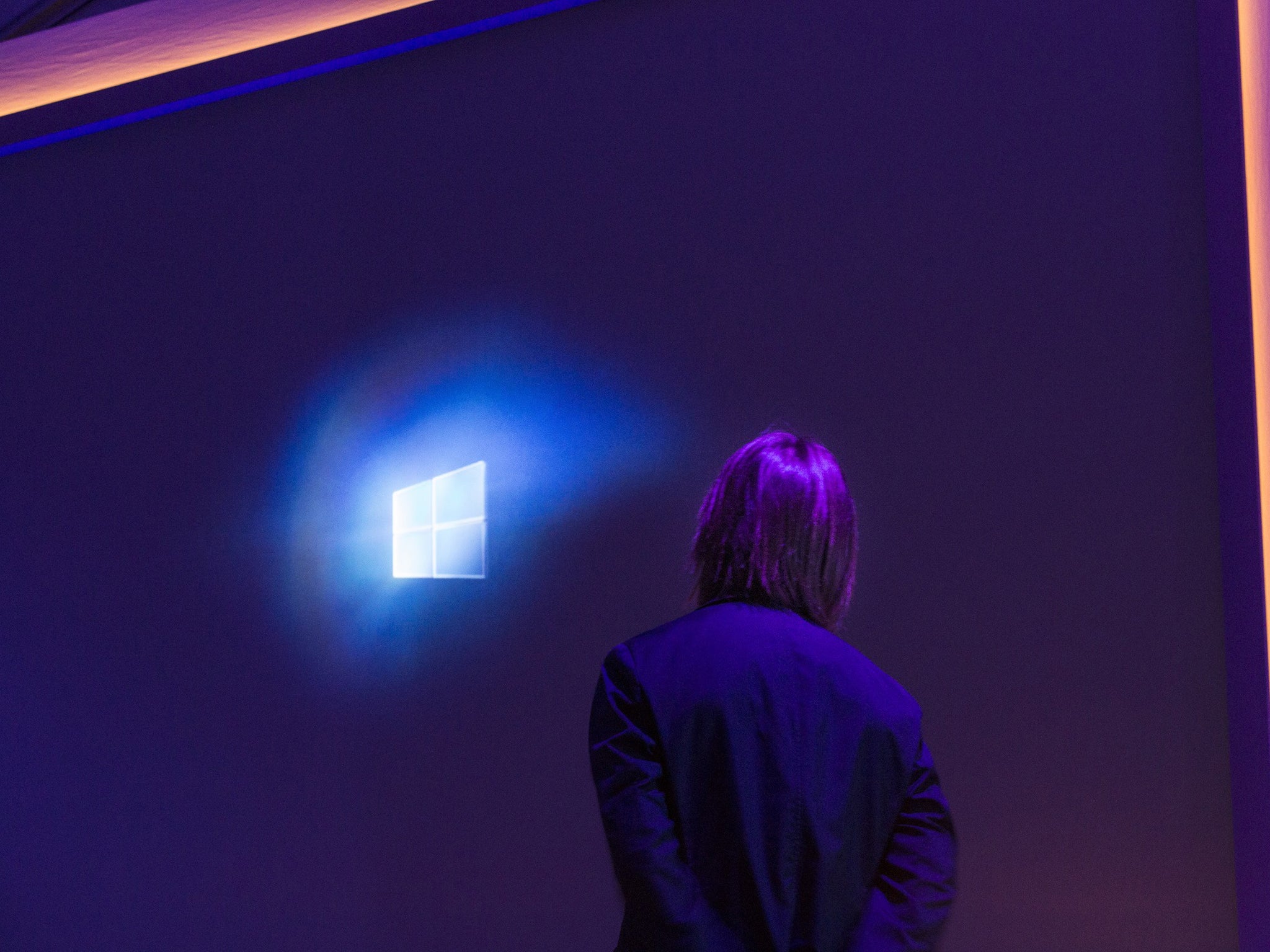Microsoft’s Windows 10 will bring rude middle finger emoji, opts for grey as default skin tone
Apple and Google haven’t yet added the swearing emoji to their keyboards

Microsoft has added a swearing middle finger emoji, and a grey default colour, as part of its plan to shake up the little smileys in its new operating system.
Windows 10 will be the first operating system to support the swearing hands, a decision some have hailed as brave. Apple’s iOS and Google’s Android don’t yet support the swearing finger, which was approved as part of the emoji keyboard in mid-2014.
The new operating system will also feature five new skin tones, as well as the default grey. That means that Microsoft catches up with Apple in offering the diverse characters — though Apple chose yellow as its default — and Windows 10 features what emoji site Emojipedia calls “pale, cream white, moderate brown, dark brown and black skin tones”.

The middle finger emoji also comes in those six different colours.
As well as the middle finger update, Microsoft has changed many of the other smiley faces. The faces representing relives, confounded, and triumphant among others have been moved to be more similar to their counterparts designed by Google and Apple.
That is likely to become increasingly important as emoji becomes a kind of new language, and as people work to find out what each of them mean. As such, confusion about what each character means could cause difficulties in translation, since a Windows user sending emoji to an iOS one will be seeing something different from the person they’re talking to.
The swearing character was approved last year by Unicode, which decides the standards for emoji. But it hasn’t yet appeared in any major operating system, including the mobile and desktop ones made by Microsoft, Google and Apple.
When people are shown unsupported emoji, they appear as black squares, similar to any other unrecognised character.
Join our commenting forum
Join thought-provoking conversations, follow other Independent readers and see their replies
Comments